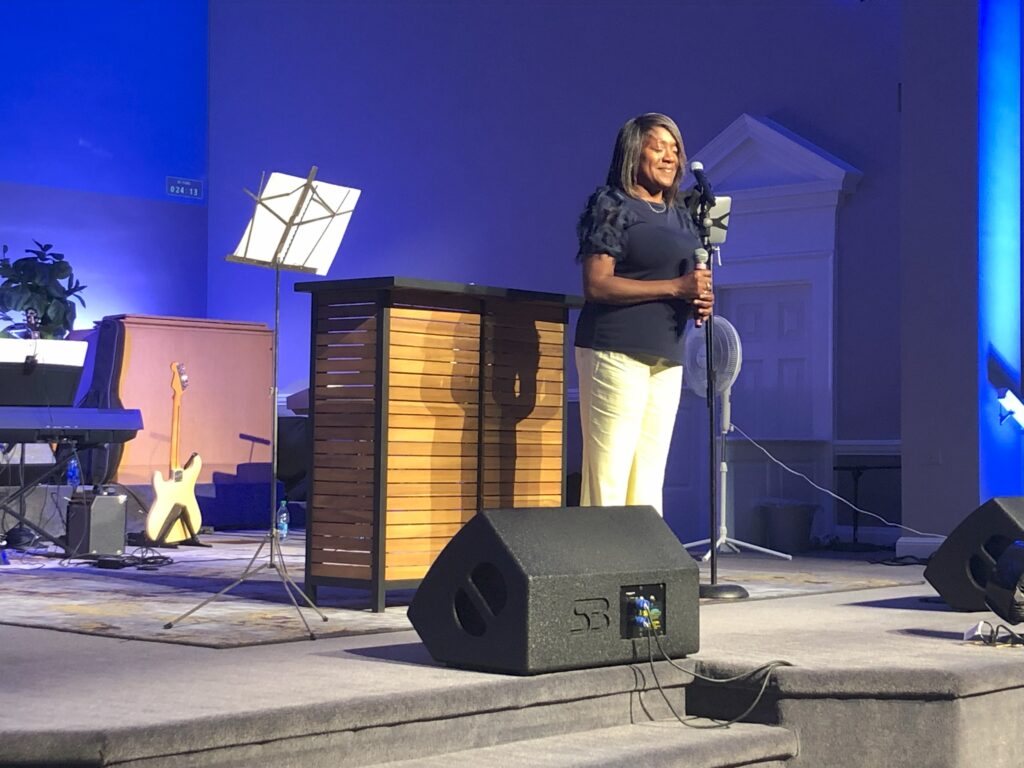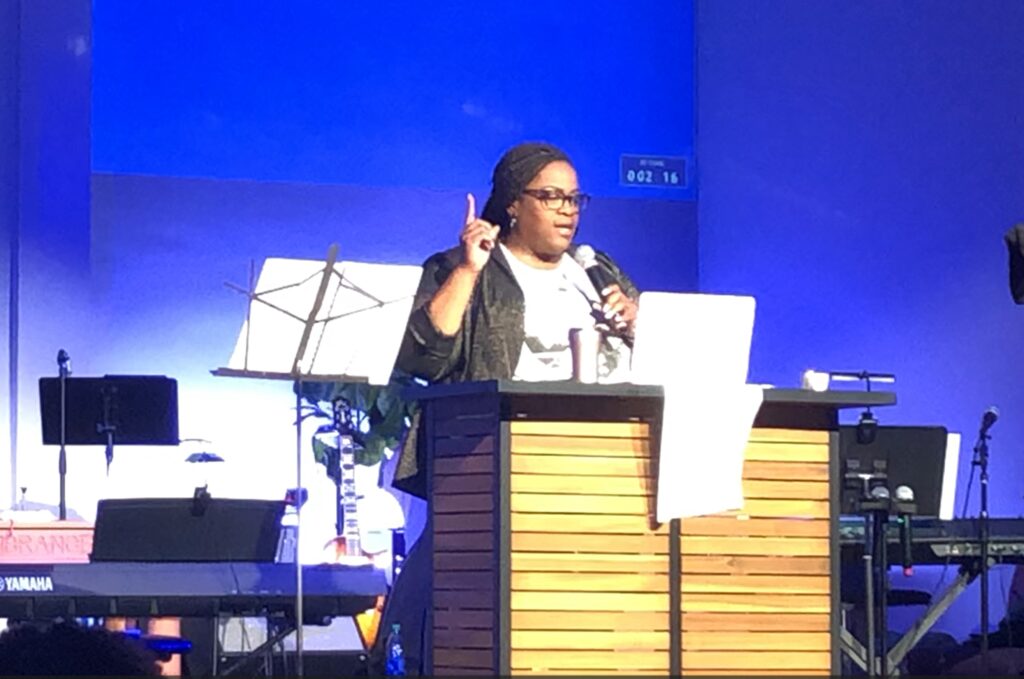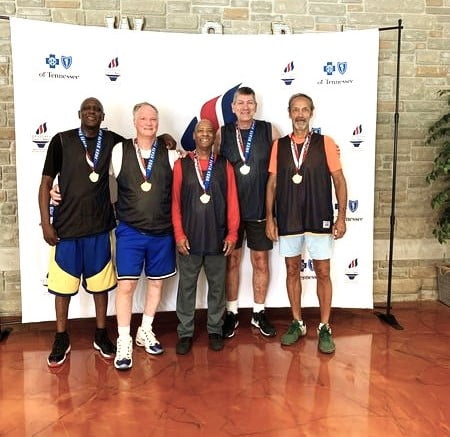Poverty among seniors is up.
That statement is not a surprising statement as everything—EVERYTHING–has increased in cost, packaging of food has been reduced in size, and the purchasing power of the average American is extremely diminished.
In the 2023 Senior Report published by the United Health Foundation, data from 22 different sources which analyzed 52 separate measures, examined the health and well-being of older adults in America. The report features state summaries for all 50 states in addition to a national overview of data.
Tennessee ranked 42 overall compared to neighboring states, Alabama at 45 and Georgia at 38. The report looked at metrics that include personal safety, food insecurity, the cost of housing, the access and quality of healthcare, and behavioral assessments–like nutrition, tobacco, alcohol and drug use, and physical activity.
Areas of poorer outcomes with Tennessee seniors involve the use of tobacco, inadequate dental health, mental health issues, the shortage of personal care and senior care workers–such as nursing home staff–and insufficient physical activity to promote wellness.
Looking specifically at economic factors; however, in comparison to our neighbors in Alabama and Georgia, Tennessee fared better, but still in the lower half of the states nationally.
Alabama was shown to have 15.3% of the senior population (65 years old+) designated as food insecure with limited access to foods. Georgia was assessed to have 14.3% of the Peach State’s seniors experiencing food insecurity, in contrast to 13.6% of Tennessee seniors. The national average, however, is 11.8%, meaning there’s still need for improvement. But as costs of groceries soar and packaging shrinks, or “shrinkflation” destroys our budgets, the hope doesn’t appear on the immediate horizon.
Some good news for Tennessee seniors–despite the number still ranking our state’s elderly at #33, is that 10.3% of those 65 years and older live at or below the federal poverty level. For 2023, that annual income is only $14,580. So, one tenth of Tennessee’s seniors have less than $1,215 monthly to pay all their expenses without government aid.
In Alabama, 11.4% of seniors live below the poverty level and an even 10% in Georgia, as the national average is 10.4%.
Lots of numbers. But appreciate that the inflation, which has really been a recession for several weeks that has not been recognized by the academic types, has disproportionately had a greater harm to seniors whose income is fixed, yet their expenses have risen astronomically like others.
In metro areas where development of downtown and urban living has driven up property values and the cost of renting, leasing, and owning a home, the greatest impact hits seniors.
Policies by members of the City Council, County Commission, and the state and federal governments will be challenged in years ahead as this population swells. By 2030, in less than 7 years, more than 25% of the entire Tennessee population will be 60 years or older, according to the TN Commission on Aging and Disability. Seniors will also be voting for their best interests.













Open Mouth, Insert Foot – courtesy of Tommy and Eli!
I was about to turn the page in the Chattanooga News Chronicle when I had one of my “whoa, I can do something with that,” moments. This time the source was the article, “America Could Learn from This Talk Show,” by Matthew Walther, editor, Catholic Literary Journal.
Suddenly out of nowhere, enter one Tommy Tuberville and a somebody by the name of Eli Crane, test cases in “I can’t believe he said that” incredibleness if ever there were ones. We’ll get to these guys’ nuttiness further down.
But first, about the newspaper article I mentioned at the outset.
You see, I extracted key lines from the article to construct the piece you’re now reading. In a nutshell, it is structured around two vocal sports commentators, Skip Bayless and ex NFL football player Shannon Sharp – Bayless white, Sharp African American – who often go toe to toe in disagreement when discussing both sports and thorny social issues with, said the author, “almost reckless lack of restraint, seemingly ignorant of the self-censorship that pervades so much of polite discourse.” A departing point from that article toward the end.
Now back to Tuberville and Crane and their recent bouts of OMIF (Open Mouth, Insert Foot), or “tasting leather,” as we used to say when I was growing up.
Well, Tuberville, the Alabama senator ignited a firestorm of controversy recently when he told CNN that white nationalists — a group defined as “militant white people who espouse white supremacy and advocate enforced racial segregation,” by Merriam-Webster — are not, get this, inherently racist. You don’t have to take my word for it, look it up yourself.
Clearly irritated for being called out, “that’s your opinion,” he huffed at the interviewer, adding that a white nationalist “is an American.” Whoa, of course they’re Americans Tommy. But to poo poo this aside as “someone else’s definition of a racist” is insulting and opens you up to well-deserved criticism.
Well apparently it came as a shock to Tommy that many found his remark abhorrently racist because on Capitol Hill a day later, and severely tongue tied, he tried to clarify his views but ended up digging himself deeper into a racial quagmire with, fasten your seatbelts readers, “I’m not racist because I coached lots of minorities as a football coach” (his version of “some of my best friends are colored”).
One wonders what those “minorities” he coached at Auburn, Cincinnati and Texas Tech universities thought about his comments, let alone the collateral damage he did to the reputations of those institutions and to the state of Alabama.
Now not to be outdone, in the House of Representatives, Arizona Rep. Eli Crane created his own uproar when he referred to Black Americans as “colored people,” and claimed later that he simply “misspoke.” C’mon Eli, do you realize that uttering the word “colored” could bite you in the behind? Or did you miss the “Tuberville memo” from the previous week?
Lord, give me strength.
Okay, let’s go to a relevant piece on race in America penned in 2011 by Pulitzer Prize winner Leonard Pitts, Jr. Sayeth he, “I’m here to tell you that race is like a four-car pileup on the freeway; it simultaneously attracts and repels us. Because of this, we can’t not talk about it. Yet at the same time, we can’t talk about it, either. So we talk about race, but don’t. More often we yell about race or talk around race. Even when it shouldn’t be, even if don’t want it to be, even when you flee it like a back-alley mugger, it’s always there. Wherever you go, there it is – race in your face.”
So thanks to cultural troglodytes Tuberville and Crane, we again find ourselves caught in a four-car pileup on freeway America with rubbernecking passersby glaring from the safety of their autos while whispering “thank the Lord that it wasn’t me.” Their recent bouts of OMIF are spectacularly at odds with present day nomenclature. You’d think that somehow – picking up a book, for heaven’s sake – they’d know better.
Let’s get back to Walther’s article.
“A stray remark, however churlish,” he writes, “need not mean a permanent asterisk next to a name, that forthright conversation begun from opposing premises can, in fact, lead to increased understanding, and that old-fashioned virtues such as forgiveness and liberality still have a place, alongside shouting and friendly wagers, in American life.”
A mouthful, yes? But how about putting asterisks aside momentarily and using that paragraph as a reference point for a debate about a contemporary hot issue – transgender, book banning, abortions, political candidates, gay marriage (yes, even OMIFs by Tommy and Eli), then see if you change your mind after hearing someone else’s reasoning. Yes, candor has its consequences.
Now if you decide to wade into a debate about a thorny issue where participants are brutally honest, understand that it all boils down to a litmus test of personal choices in response to what’s said. The question is do we excuse the problematic comment as an occasional slip of tongue, as all of us are sometimes guilty of, or was it something purposeful and sinister?
In the end, if history is an accurate predictor, I suppose that we will anticipate the next Tuberville/Crane-like four-car racial pileup on freeway America and, in the words of Leonard Pitts, “…go about with fingers in ears singing “la, la, la” at the top of our lungs rather than hearing inconvenient truths…”
So fasten your seatbelts …. and make sure that you are fully insured with Allstate.Terry Howard is an award-winning trainer, writer, and storyteller. He is a contributing writer with the Chattanooga News Chronicle, The American Diversity Report, The Douglas County Sentinel, Blackmarket.com, co-founder of the “26 Tiny Paint Brushes” writers’ guild, recipient of the 2019 Dr. Martin Luther King, Jr. Leadership Award, and third place winner of the 2022 Georgia Press Award.